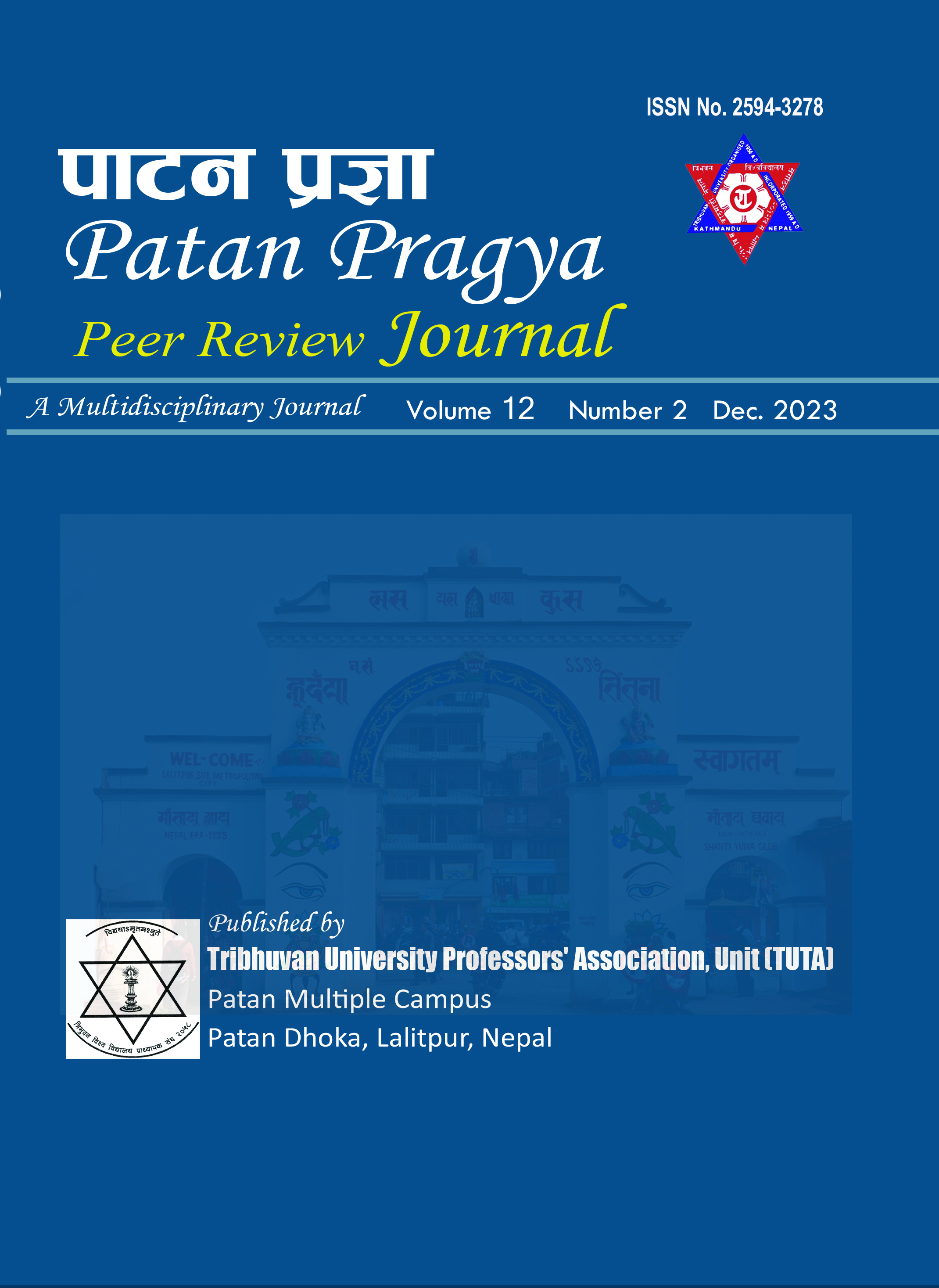Impact of Foreign Direct Investment in GDP Growth of Nepal
DOI:
https://doi.org/10.3126/pragya.v12i02.64176Keywords:
Unit root test, Co-integration test, GDP, FDI, Granger causality testAbstract
The economic growth of a country relies significantly on foreign direct investment (FDI). FDI acts as a growth engine in a country like Nepal, where there is a lack of abundant investment capital. These capital gaps can be filled through foreign direct investment. This paper focuses on a theoretical and imperial investigation of how FDI affects Nepal's GDP growth. It explains the connection between Nepal's GDP growth and FDI. Analysis of the structure, trends, and effects of FDI on Nepal's GDP are the study's main goals. To evaluate the connection between FDI and Nepal's GDP growth, statistical approaches like Ordinary Least Squares (OLS), unit root, co-integration, and Granger causality test were utilized. The analysis is based on data from 1995–1996 to 2020–2022. OLS findings indicate a weekly positive correlation between FDI and Nepal's GDP growth. The results of the unit root test stop at the first difference rather than at the level. The co-integration test findings revealed that at the 55% significance level, no co-integration was rejected. This indicates that the variables are long-run co-integrated. The findings of the Granger causality test indicate that there is no causal connection between the variables.
Downloads
Downloads
Published
How to Cite
Issue
Section
License
© Tribhuvan University Teachers' Association (TUTA), Patan Multiple Campus Unit

